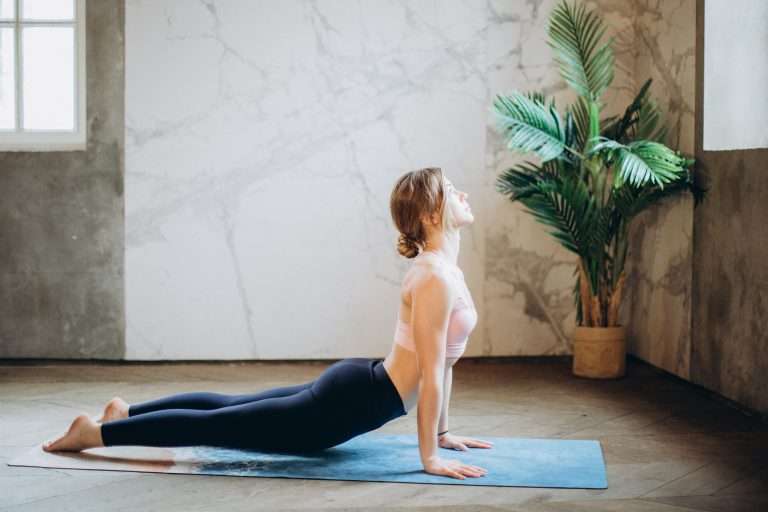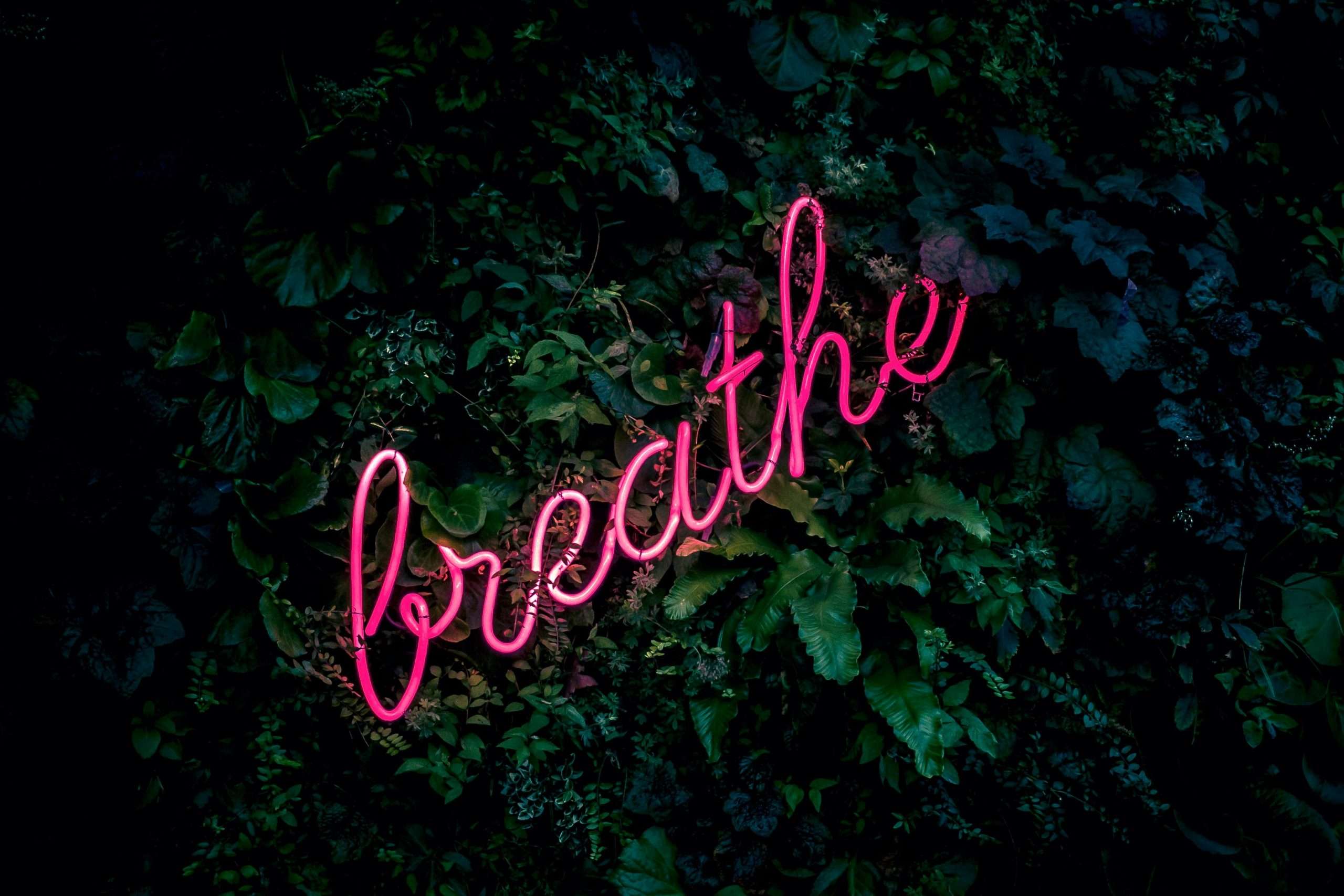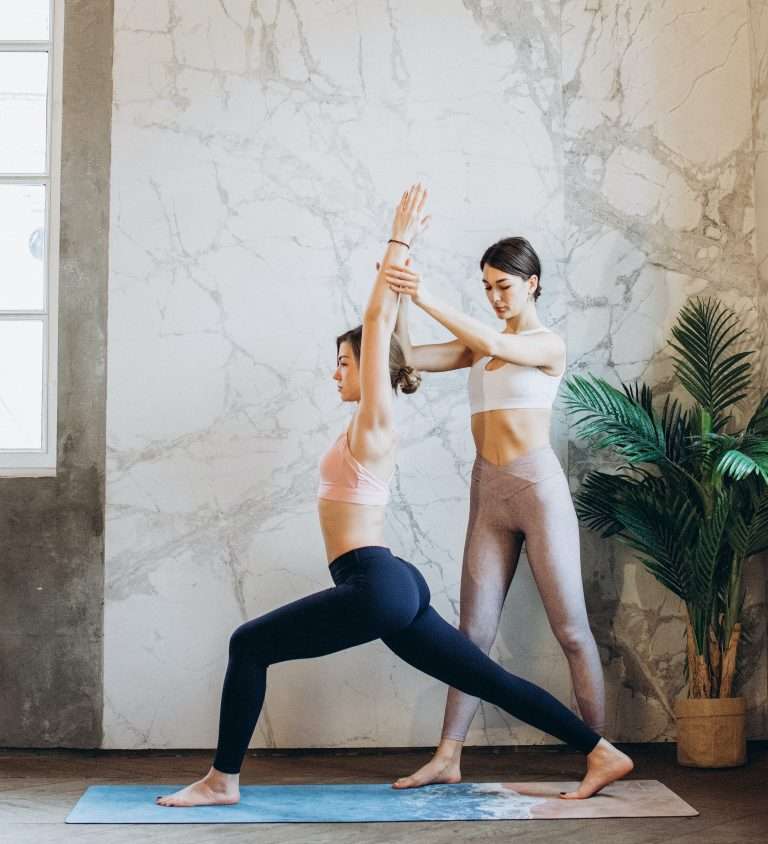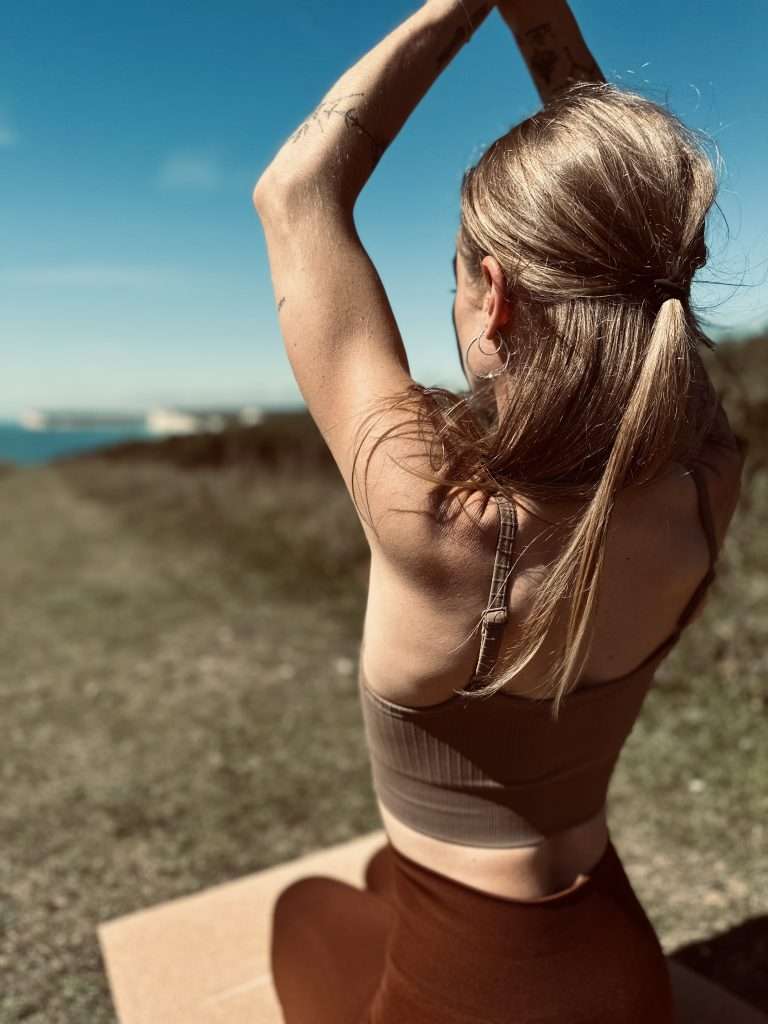3 Tips on How to Have More Energy with Yoga
Do you often feel wiped out and low in energy throughout the day and looking for a “quick” but healthy fix on how to have more energy? Several factors influence our natural energy levels, such as quality and duration of sleep, proper hydration, and nutrition, and whether we exercise regularly. Yoga, in particular, offers several tools that we can take advantage of to have more energy.
Yoga is a holistic practice that can help you feel energised, focused, and refreshed. With its combination of physical postures, breathing exercises, and meditation, yoga can help improve circulation, release tension, and increase oxygen supply to the body. In this article, we will discuss three tips for more energy using yoga.
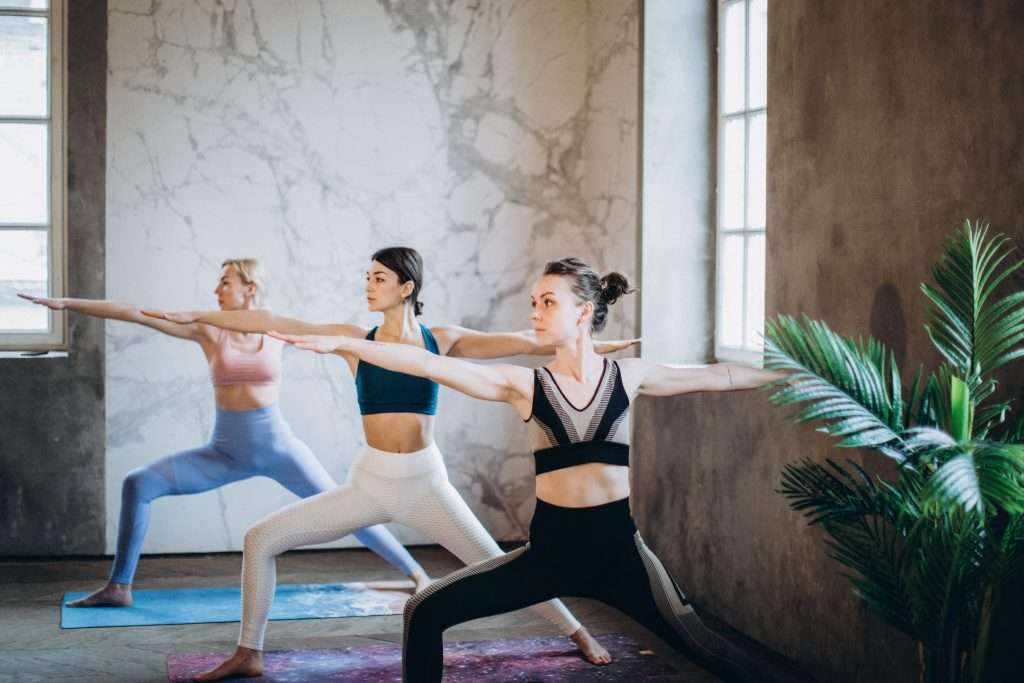
1. More Energy with Right Nostril Breathing
You might have heard of Nadi Shodhana before, which is alternate nostril breathing, and one of the more popular breathing exercises – or pranayama – taught in yoga classes. Alternate nostril breathing is supposed to balance the two energies (sun and moon, male and female) in the body.
Right nostril breathing, is called Surya Bedhana and a powerful breathing technique that can help you feel more energised and focused. Surya Bedhana connects to our right side of the body, our sun or male energy.
This technique involves breathing through one nostril at a time while blocking the other nostril with your finger, in order to create heat in the body and lift our energy.
Here’s how to practice Surya Bedhana or right nostril breathing:
- Sit in a comfortable cross-legged position with your spine straight and your eyes closed.
- Take 3 cleansing breaths in and out of the nose.
- Then, close your left nostril with your right ring finger and inhale deeply through your right nostril. Exhale also through the right nostril.
- Keep your left nostril closed throughout this breathing exercise by keeping the right ring finger there or use any other finger to close the left nostril that feels comfortable to you.
- Start by taking 10 deep breaths in and out through the right nostril.
- Once you feel more comfortable with this pranayama (breathing exercise), you can extend the practice to 5 minutes or more.
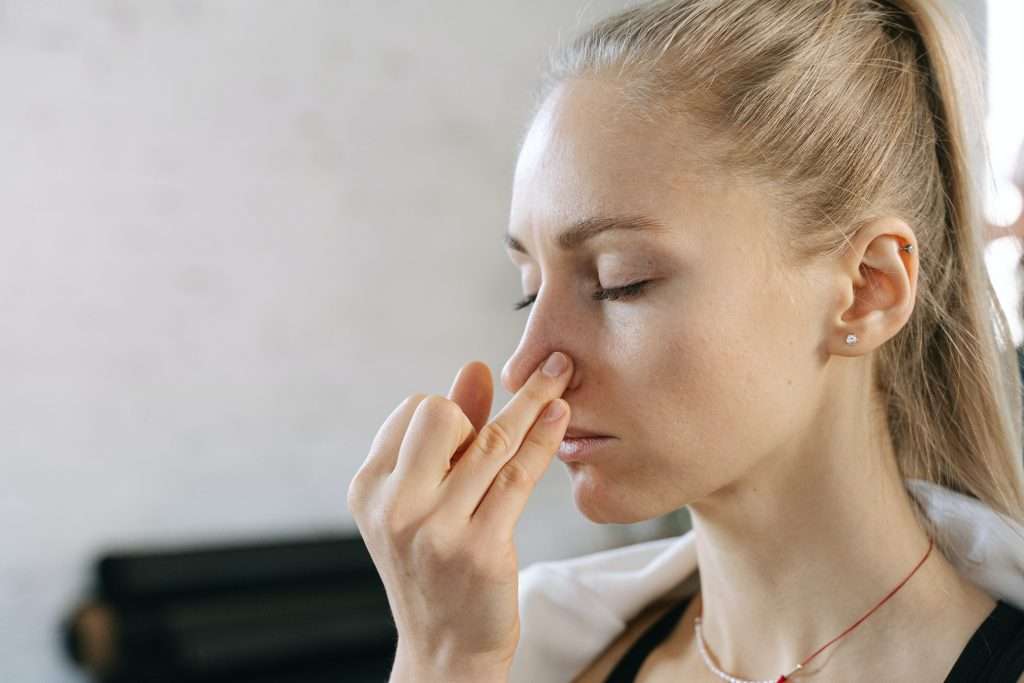
Right nostril breathing can help activate the sympathetic nervous system, which is responsible for our fight or flight response. In yogic philosophy, the right side of our body is connected to the Pingala energy channel and represents our male or solar energy.
Want to learn more about how to incorporate off the mat yoga tools to benefit you in everyday life? Check out my Holistic Yoga Coaching packages here!
2. Yoga Inversions for More Energy
As already mentioned above, regular exercise is one of the best, natural sources for increased energy. Physical movement not only wakes up the body and its processes, but also aids in focusing our concentration and clearing the mind.
Inversions are yoga postures that involve flipping your body upside down. These postures can help increase blood flow to the brain, boost energy levels, and improve overall circulation. Bear in mind that in the yoga practice we differentiate between active (energising) and cooling (relaxing) inversions.
Active inversions should be practiced throughout the yoga practice and will increase your heart rate, sharpen your concentration, and boost your energy. Active yoga inversions include:
- Handstand (Adho Mukha Vrksasana)
- Forearm Stand (Pincha Mayurasana)
- Tripod Headstand (Mukta Hasta Sirsasana)

Other inversions are intended, traditionally, to close the practice, slow the breathing, and relax the body at the end of a yoga practice. These closing yoga inversions include:
- Supported Headstand (Salamba Sirsasana)
- Shoulderstand (Salamba Sarvangasana)
- Legs up the Wall (Viparita Karani)
If you’re new to inversions, it’s important to practice them under the guidance of a qualified yoga teacher to avoid injury. Inversions can also be modified by using props like blocks, bolsters, and straps to make them more accessible. Feel free to use a wall for support in inversions like handstand or forearm stand. You can also start by simply lifting up one leg in a downward facing dog, for example, to prepare the body and still benefit from the physical benefits 🙂
Book your private yoga class here to dive deeper into the practice and alignment of inversions! For more information and contraindications for certain inversions, you can also refer to my article 7 Benefits of Inversions in Yoga.
Side note: Regular Yoga Practice
An important tip for more energy using yoga is to make it a regular practice. Consistent yoga practice can help improve your overall health and wellbeing, including your energy levels. Even just 10-15 minutes of yoga per day can make a big difference. Incorporate a variety of yoga postures, breathing exercises, and meditation into your practice to keep things interesting and challenging.
Book your private yoga class now if you want some support and guidance to get you started!
3. Sufficient, Good Quality Sleep for Energy
Of course, one of the best natural ways to ensure you have enough energy throughout your day is to make sure that you have enough good quality sleep. Although the ideal amount of sleep is individual from person to person, on average you should aim at sleeping about 7-9 hours.
To ensure that you sleep well throughout the night and your body can repair itself, so that you wake up feeling refreshed and energised, consider these pointers:
- No food directly before bed: Avoid eating late dinners or even snacking before going to sleep. Ideally, you should have 2 hours without any food before bed, so your body has time to digest, and you can sleep better. We want to avoid activating our metabolism before sleeping.
- No alcohol before bed: In general, you should limit your alcohol consumption as much as possible for several health reasons. Alcohol interferes with your digestion, clouds your mental focus, and aggravates depressive symptoms, and acts as a toxin to the body, which means the body cannot deal with necessary processes before the toxins from the alcohol have been dealt with.
- No blue light or screens: Scrolling through your phone right before bed can hinder the production a melatonin –a natural substance that our body produces when we’re tired.Instead, try reading a book, meditating, or journaling.
For more tips on a good night’s sleep, read my article Sleep well: 7 Tips on How to Get Better Quality Sleep

Side note: How yoga helps with sleep
Regular exercise is important for good quality sleep. Exercising helps stagnant energy leave the body, can help us de-stress, and physically tire us. To de-stress, your exercise should range around 60% heart rate, which is why yoga is ideally suited as a way to relax and unwind.
In addition, we can use certain yoga poses and tools to help us relax further for a good night’s sleep. You could, for example, end your evening practice with a body scan meditation or Nadhi Shodana breathwork. These techniques are a beautiful practice of evening mindfulness that help us de-stress and prepare for the night.
If you’d like to learn more about how to use yoga tools (on and off the mat) in everyday life, book your Yoga Coaching here! Together we dive deep into the tools that yoga has to offer, and how you can best apply them for different situations in everyday life.
A little P.S.:
To feel energised throughout the day, always make sure to stay hydrated! This is super important for your body to function optimally and transport nutrients around the body. Aim for at least 2-3 litres of water or unsweetened, herbal tea a day.

